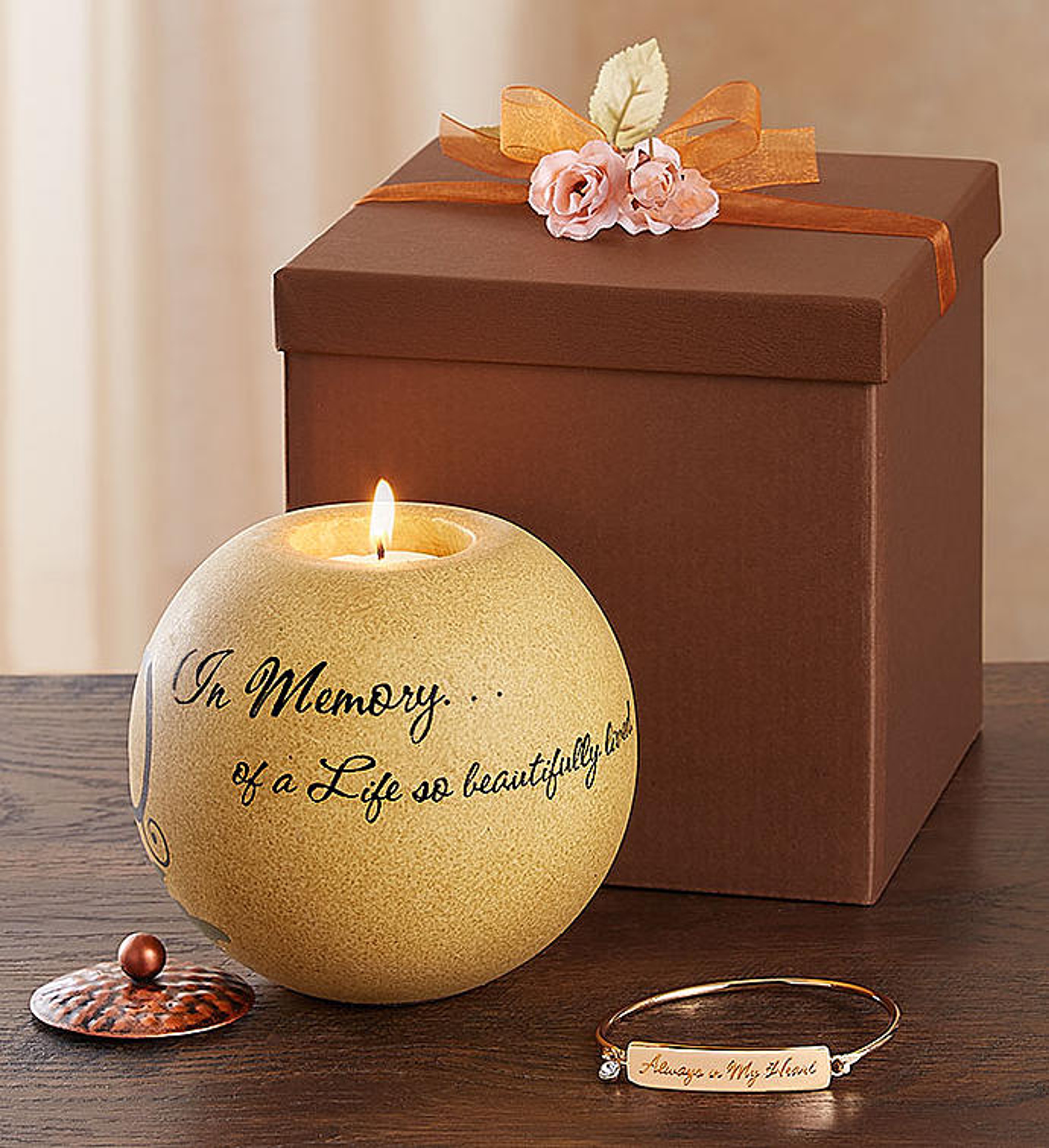Moving Forward: Understanding and Reimagining Loss
The way to address our underlying fear of death isn’t by avoiding the topic. Instead, we need to become more comfortable with it.
Sep 15, 2020
When my high school boyfriend’s sister died, I remember watching their family suffer through the moment in a sort of catatonic blindness. His mother sobbed in grief. His father sat numbly. The other siblings walked around silent, crying and reckless. None of us had the vocabulary or familiarity with death to understand and mourn the sudden loss of a child -- and perhaps no one ever does. However, I do believe that if we all had had more conversations about death, more familiarity with death, and more understanding of the grieving process, the moment would have been different.
A death-denying culture

Americans don’t want to talk about death: in fact, America is considered a death-denying culture. The well-known bioethicist George Annas described it further noting that America’s death-denying culture “cannot accept death as anything but defeat…we are utterly unable to prepare for death.” Death is not defeat. Death is the most universal part of the human experience. Yet, our inability to accept death means that we lack the basic skills needed to address it when it happens. Our fear of death leads to avoidance which makes situations related to death worse for everyone.

The way to address our underlying fear of death isn’t by avoiding the topic. Instead, we need to become more comfortable with it. The way to become more comfortable with it is to have open conversations about death and dying that include telling stories about dying, reading obituaries, and learning about various traditions related to death. It, also, means learning how to live.

Prior to the start of the twentieth century, there were widely circulated books, called
ars moriendi, about how to both live and die well. However, following WWII, these books fell out of favor in Europe and North America to be replaced by an over-emphasis on being alive. The result: an obsession with living made death off limits.
Changing how we think about death
One of the ways to change the way we think and talk about death is to change the visual and written depictions of death. The Floral Heart Project uses flower hearts to memorialize those who have died. It’s colorful, natural, and focuses on comfort rather than more prototypical death depictions. Similarly, when we talk about death and dying, we can talk not just about the end of someone’s life, but also the community around them, the hallmarks of a life well loved, and how to help heal the community that has been impacted by their passing.
Like all massive swings, we have simply shifted too far in our response to dying. we need to swing back to a more normalized view. This normalization is a moral necessity. A culture that cannot accept the inevitability of death will run from it in blind fear. That fear will tear at the fabric of society and the people within it.
Discussing death and moving forward

When my boyfriend’s sister died, it was important to remember her but it was equally important to find a way to care for, recognize, and share love with the people who remained. If we take the time to understand and discuss dying, we are not being morbid. Rather, we are being active and aware participants in our community because we understand that death will happen, and after it has, the most important thing we can do is to take care of the living. The best way to quell the fear of dying is to live a life that acknowledges it, respects it, and continues to thrive despite it. Beyond that, it’s to build a community that helps each other through the natural cycles of being human.







